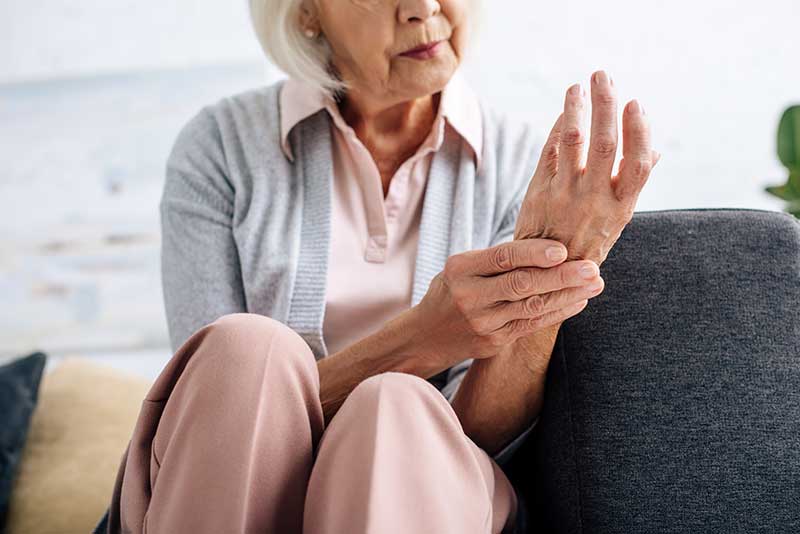Arthritis is a complex disorder that includes over 100 different disorders and can affect people at any age. The two most frequent kinds are osteoarthritis (OA) and rheumatoid arthritis (RA). Pain, stiffness, and reduced joint movement are the hallmarks of this debilitating ailment, which has a significant impact on the quality of life for millions of people worldwide. However, with the correct treatment strategy and lifestyle changes, arthritis can be managed and an active lifestyle maintained.
Understanding Arthritis
Arthritis is characterized by inflammation of one or more joints, which causes pain, swelling, stiffness, and, eventually, reduced movement. The most prevalent kind is OA, which is defined by the breakdown of joint cartilage caused by aging or wear and tear. RA is an autoimmune disease in which the immune system assaults the joints, resulting in inflammation and destruction.
Treatment Options
- Medication: Over-the-counter pain relievers and anti-inflammatory medications are frequently the first line of defense against arthritic pain. In more severe situations, doctors may prescribe harsher medicines or biologic response modifiers to address RA’s inflammatory responses.
- Physical therapists can prescribe particular exercises to assist preserve joint flexibility and strength, hence minimizing overall pain and stiffness.
- Surgery: In extreme cases, joint repair, replacement, or fusion surgery may be indicated.
Lifestyle Modifications
To maintain joint flexibility and muscle strength, make lifestyle modifications such as exercising regularly. Low-impact exercises like swimming, cycling, and yoga can be very beneficial.
Weight management: Excess weight puts extra strain on joints, particularly the knees, hips, and spine. Maintaining a healthy weight can help relieve stress and avoid future joint problems.
Diet: A well-balanced diet high in antioxidants (such as fruits and vegetables) may help reduce inflammation. Omega-3-rich foods, such as salmon and almonds, are also healthy.
Joint Protection: Learn how to use your joints safely. Assistive equipment can help you complete daily tasks more simply and painlessly.
Coping mechanisms
Pain Management Techniques: Heat and cold therapies, relaxation techniques, and massage can all help relieve arthritic pain.
Support Networks: Connecting with others going through similar experiences might provide emotional support. Support groups and online forums provide an opportunity to exchange experiences and coping skills.
Living with arthritis necessitates managing the physical, emotional, and practical components of the condition. Although it presents obstacles, recognizing your illness, being proactive about your health, and making the required lifestyle changes can help you live a meaningful and active life. Regular discussions with healthcare specialists, a good attitude, and an active treatment plan are essential for successfully living with arthritis.
